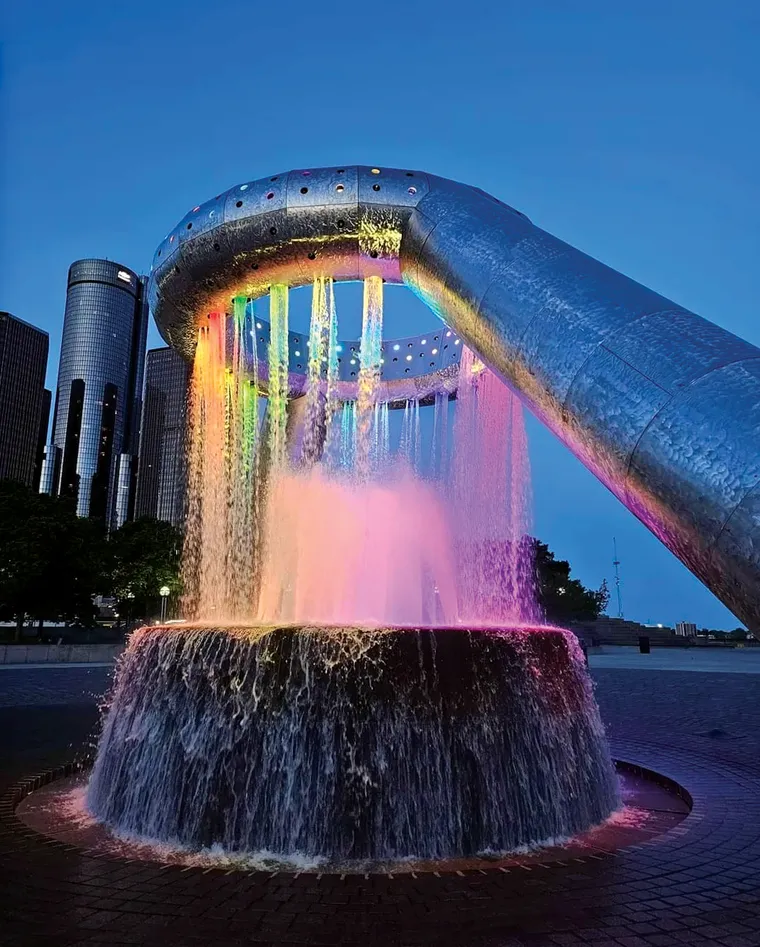Bringing back a historic Detroit fountain
The Horace E. Dodge Fountain, located in the heart of Phillip A. Hart Plaza along the Detroit River, has been a significant landmark since its construction in 1978. Designed by architect Isamu Noguchi, the fountain became a symbol of modern water-feature design and engineering. However, after nearly 50 years of service, the fountain fell into disrepair and has not operated for the past decade.
In 2023, recognizing the cultural and aesthetic value of the Dodge Fountain, Detroit City Council allocated $5.6 million for the fountain’s restoration. This funding was possible through the American Rescue Plan Act, a bill enacted in 2021 to provide cities with relief from the economic impacts of the COVID-19 pandemic. LaJuan Counts, Detroit’s Construction and Demolition Director, expressed the city's commitment to the project, saying, "The prospect of giving this iconic space a much-needed facelift and restoring the fountain to its former glory fills us with immense pride. This fountain is truly one of a kind, and reviving it is no small feat."


